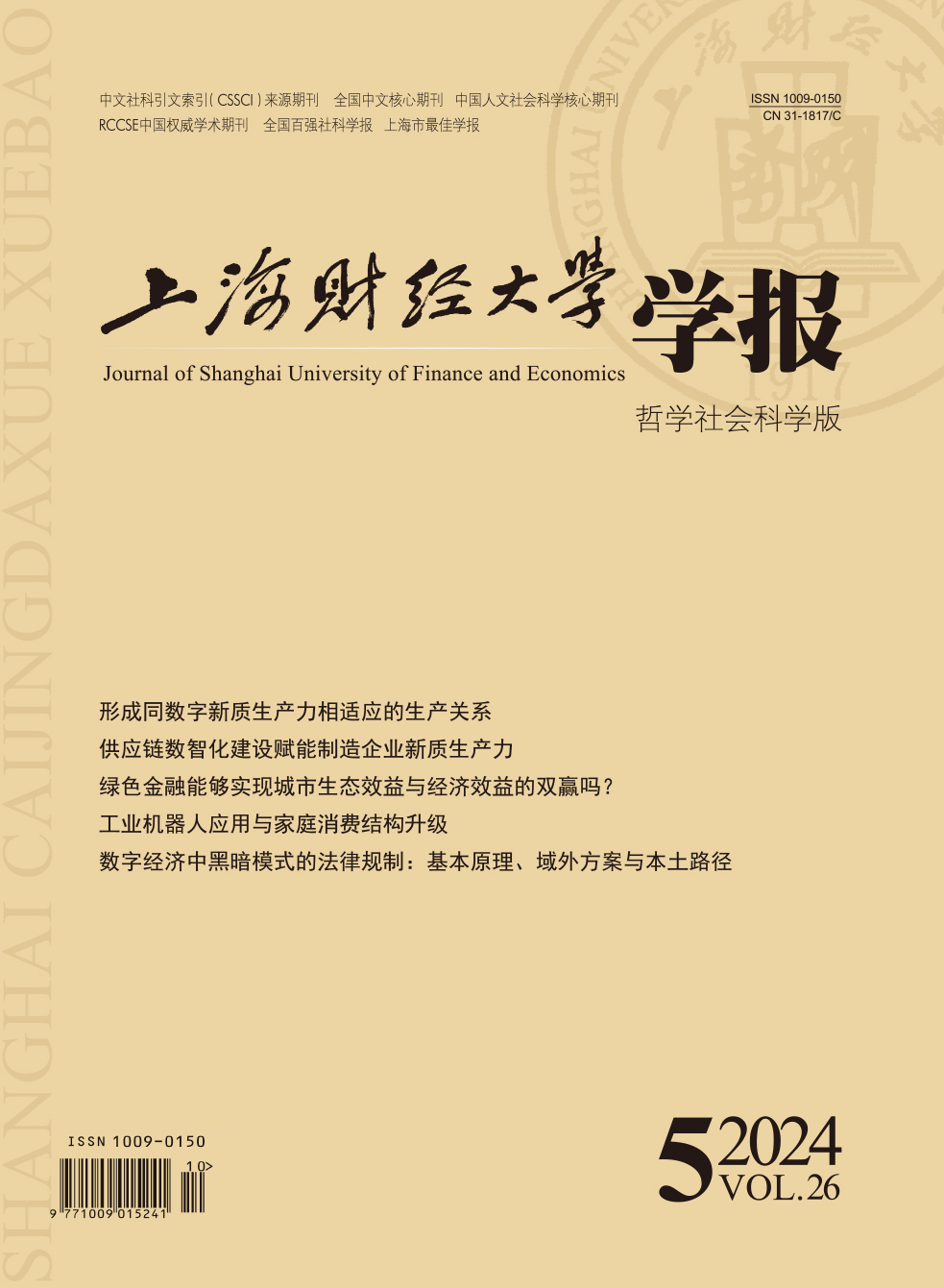Protecting the legitimate rights and interests of algorithmic consumers is an important aspect of the healthy development of the digital economy. Dark patterns are means for platform operators to influence consumer decision-making, which fundamentally change the marketing methods in traditional consumption patterns. On the one hand, dark patterns affect the decision-making autonomy of algorithmic consumers through platform operators’ interactive interfaces such as the design of choice architecture; on the other hand, dark patterns aggravate the digital vulnerability of algorithmic consumers, and platform operators identify and exploit consumers’ cognitive biases, leading to a lack of rationality in the decisions made by algorithmic consumers under dark patterns. Dark patterns can be divided into three types: inducing dark patterns, deceptive dark patterns, and manipulative dark patterns. Different types of dark patterns have different degrees of impact on the decision-making of algorithmic consumers, and they can cause negative effects such as damaging personal information and eroding autonomy of will. The United States attempts to regulate dark patterns through approaches of specialized laws and privacy acts, while the European Union adopts an approach that combines rules and standards. There are similarities and differences between the two modes. The commonality of foreign solutions to dark patterns in the United States and the European Union lies in actively responding through legislation, focusing on protecting the right of autonomous choice of algorithmic consumers and establishing a governance system of interaction among multiple subjects. The legal regulations of dark patterns require a governance thought that spans from the phenomenon level to the mode level, based on distinguishing different forms of dark patterns. We should construct indigenous approaches from regulatory frameworks, inclined protection, and multi-party cooperation, so as to achieve a balance between platform operators and algorithmic consumer protection and promote the healthy development of the digital economy.
 / Journals / Journal of Shanghai University of Finance and Economics
/ Journals / Journal of Shanghai University of Finance and EconomicsJournal of Shanghai University of Finance and Economics
LiuYuanchun, Editor-in-Chief
ZhengChunrong, Vice Executive Editor-in-Chief
GuoChanglin YanJinqiang WangWenbin WuWenfang, Vice Editor-in-Chief
Legal Regulations of Dark Patterns in the Digital Economy: Basic Principles, Foreign Solutions, and Indigenous Approaches
Journal of Shanghai University of Finance and Economics Vol. 26, Issue 05, pp. 122 - 138 (2024) DOI:10.16538/j.cnki.jsufe.2024.05.009
Summary
References
Summary
Cite this article
Liu Ying, Liu Jiaxuan. Legal Regulations of Dark Patterns in the Digital Economy: Basic Principles, Foreign Solutions, and Indigenous Approaches[J]. Journal of Shanghai University of Finance and Economics, 2024, 26(5): 122-138.
Export Citations as:
For




 3328
3328  8128
8128

